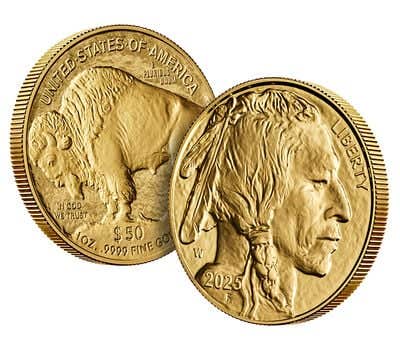Few differences in grading proofs
If proof coins are legal tender and can be spent, how do you grade a proof coin that has been circulated? Proof isn’t a grade. Instead it is a designation…
If proof coins are legal tender and can be spent, how do you grade a proof coin that has been circulated?
Proof isn’t a grade. Instead it is a designation for a specific form of coin intended for collectors and made by a special process that gives it a different appearance than a regular circulating coin. Proof coins have their own grades, designated at PF-60 to PF-70. They roughly match the MS-60 to MS-70 (Mint State) grades for circulating coins or business strikes, as they are often called. A proof with wear would be considered an impaired proof.
Are Australia and New Zealand the only countries that have used both pennies and cents as denominations?
They are but two of several countries. The list starts with Australia and includes the Bahamas, Barbados, Bermuda, British Virgin Islands, Fiji, Guyana, Jamaica, New Zealand, Rhodesia, South Africa, Sierra Leone, Sri Lanka, Trinidad & Tobago and Zimbabwe.
How many of the state-chartered banks issued $10,000 notes?
The Girard Bank of Philadelphia is the only one to issue such a large note. The bank issued the notes in the 1830s and 1840s. James Haxby’s Standard Catalog of U.S. Obsolete Bank Notes, 1782-1866, shows a proof of the note.
What’s the story on coins of Colombia with an “NR” mintmark?
“NR” or “NORO” designates the Province of Nuevo Reino, in which Santa Fe, now Bogata, is located. The mint was at Santa Fe.
Why do early Mexican and South American coins have three or four letter mintmarks?
The letters designate two things. The mintmark is one, shown by either one or two letters. The other one or two letters are the assayer’s initials. In the early mints, the assayer’s job was important, and dangerous. A coin found with an assayer’s initials that was underweight or had the wrong mix for the alloy could cost him his life.
What is the early history of the two-headed eagle on Russian and Austrian coins?
The double headed eagle traces back to the Hittites, who used it as a symbol of power from 1740-1190 B.C. The Roman Emperor Theodore Lascarius (1206-1222 A.D.) also used it for the same purpose, and then it was adopted by Austrias Sigismund in 1368-1437.
Were many 1900 Lafayette commemorative dollars melted in World War II?
The Treasury melted 14,000 unsold coins in 1945. That leaves a mintage of 36,026.
E-mail inquiries only. Do not send letters in the mail. Send to Giedroyc@Bright.net. Because of space limitations, we are unable to publish all questions.
This article was originally printed in Numismatic News Express. >> Subscribe today
More Collecting Resources
• Liked this article? Read more by subscribing to Numismatic News.
• Start becoming a coin collector today with this popular course, Coin Collecting 101.









